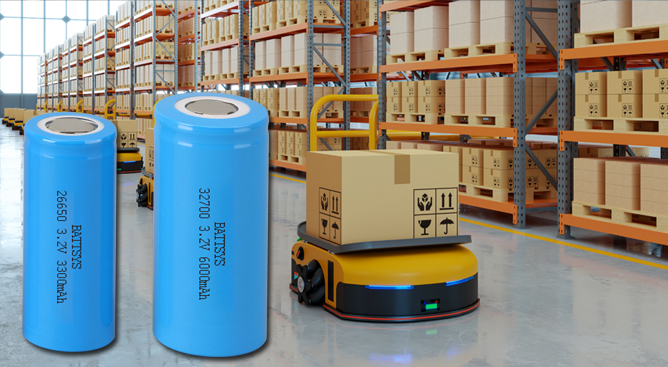What should be noted when choosing between 21700 and 18650 batteries.
Choosing between 18650 and 21700 batteries involves an in-depth decision-making process. Furthermore, these considerations are crucial for ensuring optimal performance and compatibility. Let's examine the key considerations when making a choice between these two popular batteries.
1. Equipment requirements
Understanding the specific requirements of your device is crucial. It helps to make a choice between 18650 and 21700 batteries. Different devices have different power requirements and size limitations. For smaller devices such as flashlights, electronic devices, or vape mods, the 18650 can be used. For larger equipment such as electric vehicles and tools, 21700 batteries have better performance.
Consider the power consumption mode of your device. Search for continuous power demand and any peak power demand. This analysis will guide you in selecting batteries.

2. Space limitations
The available space within the device plays a crucial role in decision-making. The physical size of the battery is very important. Due to the smaller diameter and length of 18650 compared to 21700, it may affect your choice. If your device space is limited, the compact size of the 18650 battery may be the determining factor. Devices that can flexibly accommodate larger batteries can choose 21700. The reason may be an increase in its capacity.
It is crucial to strike a balance between available space and required power output. It ensures that the selected battery is suitable for the design of your device.
3. Balance between power consumption and portability
Finding the right balance between functionality and portability is often a core consideration.
18650 batteries are more portable and suitable. It can help devices where weight and size are key factors. Some devices that emphasize portability, such as lightweight electronic products or compact flashlights. They may find that 18650 batteries are an ideal choice.
The 21700 battery has a higher capacity and can provide more power for long-term use. It is very useful for devices that require longer battery life and can accommodate additional sizes.
4. Charging infrastructure
Charging infrastructure is another important aspect to consider. Different battery types may require specific charging protocols. In addition, the availability of compatible charging options can also affect your decision. 18650 and 21700 batteries generally use lithium-ion technology. However, changes in charging voltage and capacity may result in different charging systems.
Check the compatibility between the existing charging infrastructure and the selected battery type. Ensure that the charging system matches the selected battery. From the perspective of batteries, this is very important.
5. Technology
Consider the latest technological advancements in 18650 and 21700 batteries. Battery technology is developing with continuous improvement. These are energy density, cycle life, and safety characteristics. Therefore. Stay up-to-date with the latest developments in these two types of batteries. Make wise decisions that are in line with the current level of energy storage technology.
Test any innovation that may solve specific problems or limitations. This method ensures that your choices are not solely based on current knowledge. You should also consider the potential benefits of emerging technologies.
6. Environmental impact
Environmental factors are very important in battery selection. Check the environmental impact of 18650 and 21700 batteries throughout their entire lifecycle from production to disposal. Lithium ion batteries are known for their minimal impact on the environment.
